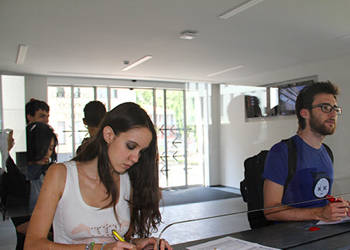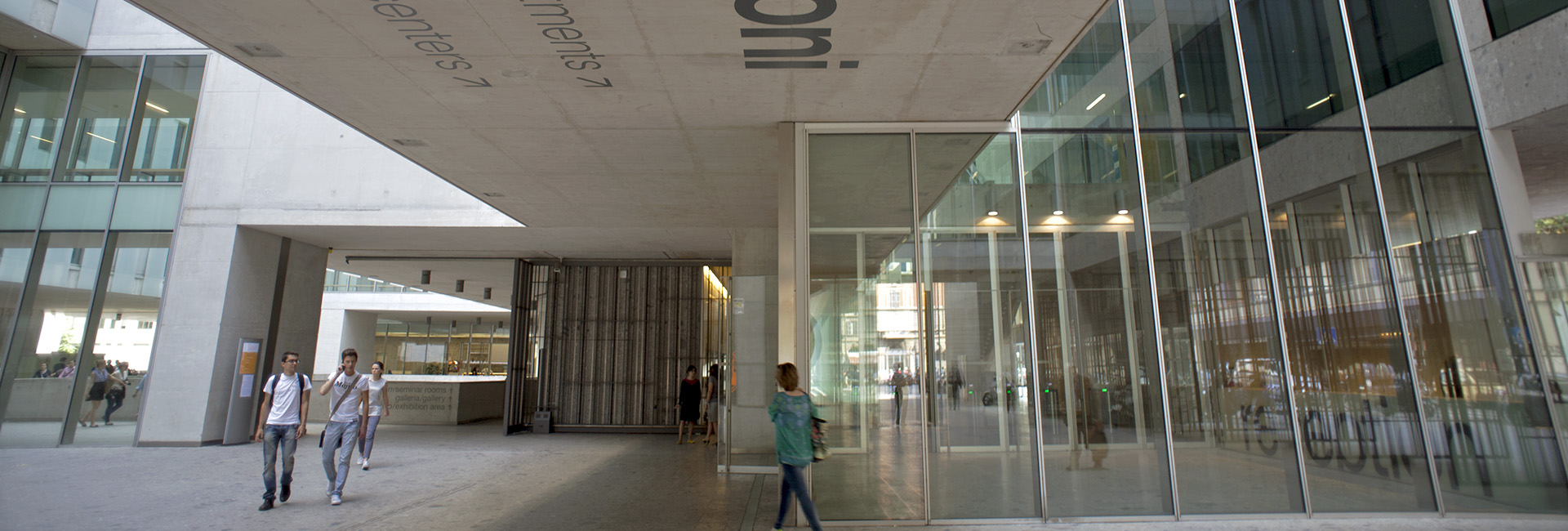20524 - VALUE CHAINS AND BUSINESS MODELS IN FASHION & LUXURY
Course taught in English
Go to class group/s: 31
Lezioni della classe erogate in presenza
Knowledge about industry analysis and competitive strategies are recommended to successfully attend the course
The course provides a general overview of key concepts in industry analysis and strategic management of fashion and luxury companies. It represents the introductory course to the Major “Fashion, Luxury and Made in Italy” and therefore a specific focus will be dedicated to the Italian fashion model and Italian business cases. The course aims at exploring the fundamental business models competing in different business environment: luxury, high designer fashion, premium fashion, fast fashion, e-tailing. The course also provides the analytical tools to study positioning, operational processes and key success factors of firms within different fashion sectors: textile, apparel, sportswear, leather goods, jewels and eyewear. Through lectures and one group assignment students will learn how to segment a market, build strategic groups understanding their key success factors and business models in terms of value proposition, value chain and revenue model. Some cutting-edge issues in fashion will be also discussed such as sustainability, impact of digital, business model innovation. The teaching methods present a mix of traditional lectures, case discussions, guest speakers and one group assignment.
The course main topics are:
- Definition of fashion and luxury, country models in fashion, country of origin effect.
- The fashion process and timeline, the fashion pipeline.
- Business models in fashion and luxury (luxury brands, designer brands, premium brands, fast fashion brands, fashion e-tailers and direct to consumer brands).
- Competition within fashion industry segments and their value chains (textile, apparel, sportswear, leather goods, footwear and eyewear).
- Sustainability and digitalisation of the fashion value chain, ingredient branding strategies
- Business model innovation in fashion
- Learn the meaning of seasonality, the different country models in the fashion and luxury industries and sources for country of origin effect
- Recognise key success factors to compete, strategic groups and basis for differentiation in fashion and luxury industries
- Distinguish different business models in fashion and luxury according to the different business models pillars (value proposition, value chain design, revenue model)
- Understand the importance of the value chain design in luxury and fashion
- Identify value creation strategies within specific fashion businesses (i.e. leather goods or sportswear)
- Identify drivers for business model innovation
- Carry out an industry analysis in fashion and luxury and understand key success factors to compete.
- Decode the business model of a specific company within different fashion segments and value chains.
- Understand strenghts and weaknessess of the Italian fashion model.
- Develop teamwork skills.
- Face-to-face lectures
- Online lectures
- Guest speaker's talks (in class or in distance)
- Case studies /Incidents (traditional, online)
- Group assignments
- Guest speaker's talks in class contributes to students learning with best practices and best cases.
- Multiple case studies make learning more practical and industry specific.
- One group assignment offers students an effective "action learning" opportunity and supports team building.
| Continuous assessment | Partial exams | General exam | |
|---|---|---|---|
| x | |||
| x | |||
| x |
- Knowledge and understanding of the country models, business models and management strategies within the fashion and luxury sector are assessed through the written exam. This written individual assessment counts for 60% of the final grade. To achieve the final grade (individual + group assignment) the individual assessment must be > 18/30
- Capabilities to apply what learned in class are assessed through one group field assignment where students are asked to carry out one project for one company applying all methods and tools presented in class. The group grade accounts for 40% of the final grade.
- Knowledge and understanding of the industry trends, country models, business models and management strategies within the fashion and luxury sector are assessed through the written individual test. This written individual assessment counts for 100% of the final grade.
- E.CORBELLINI, S. SAVIOLO, Management in fashion and luxury companies, ETAS, 2009 (chapters 1-8).
- S.SAVIOLO, G. BORNEY, The Branded Supply Chain, BUP, 2021 (chapters 1,2,3,6,7,8)
- Cases and handouts available on Blackboard
- E.CORBELLINI, S. SAVIOLO, Management in fashion and luxury companies, ETAS, 2009 (chapters 1-8).
-
S.SAVIOLO, G. BORNEY, The Branded Supply Chain, BUP, 2021 (all chapters cases included)
-
McKinsey-Business Of Fashion "The State of Fashion" 2021 edition available online and on Blackboard





